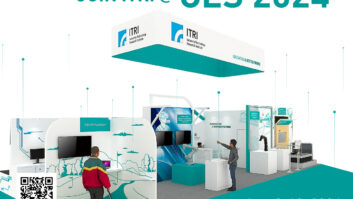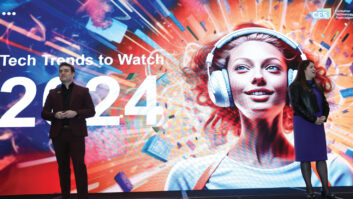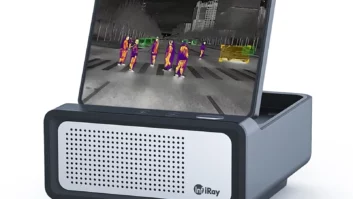Every year we go to International CES, and every year it seems we come back with the same tired assessment: “It was more evolutionary than revolutionary.”
In some ways this year’s show was evolutionary, but I found a few announcements of forthcoming trends (not necessarily tangible products) fit into the revolutionary class as well.
No. 1 on the top of my revolutionary list was a discussion from Mercedes of prototype automated cars that are moving closer to a driverless, or at least driver-assisted reality.
Granted, nothing is ready for market introduction now, or probably any time soon, but the fact that Mercedes (with the help of LG and others from the CE world) would present a special automated prototype car for CES could stand as a milestone many years from now in the annals of transportation history.
No. 2 on my list of “wow” items from the show was not so much a new product as a special application of one: 360-degree cinematography. 20th Century Fox Home Entertainment, Fox Innovation Lab, Fox Searchlight and filmmakers Felix Lejeunesse and Paul Raphael invited reporters and analysts to demo a specially produced 360-degree clip from the new release “Wild,” starring Reese Witherspoon and Laura Dern, viewable on virtual reality headgear from Samsung/Oculus. Although this is not likely to appear in commercial entertainment releases imminently, it more clearly showed just how immersive this exciting new medium of cinematography is going to be once writers, producers and directors figure out how to apply it to storytelling. Despite some pixel-resolution issues with the viewer, the clip put me in the middle of the content like nothing I’ve ever seen before and has the potential to do everything 3D TV promised, but ultimately failed to deliver.
No. 3 on my list was not so much a product as a movement taking place within the evolution of 4K Ultra HD TV. TV manufacturers and film producers revealed that they are getting together in an Ultra HD Alliance to set new standards for expanded color gamut, high dynamic range and other picture-quality enhancements that will clearly lift this high-resolution system to a discernable level of improvement. Of course, this isn’t going to be accomplished overnight and without some gnashing of teeth. As an example, consider the new input standard (super MHL) being proposed to carry all of this new data. While necessary for future progress, its emergence may lead some consumers to pause until a finished system arrives. So, here’s to hoping the potential debate wraps up quickly and satisfactorily for all concerned.
No. 4 was the move by numerous LED LCD TV makers toward smartphone-thin TV screens. Obviously influenced by the thin screens of OLED TVs, the new LED versions present a compelling cosmetic design in addition to next-level picture quality. My question is this: How durable are these going to be and what kind of liability will these fragile panels present to both TV makers and retailers alike? Whether or not cosmetics alone will be enough to move TV buyers to make a purchase will have to be seen, in the meantime, the accidental-damage warranty businesses could have an imminent new opportunity.
No. 5 was the apparent battle for dominance of Ultra HD playback in the living room. Most have assumed that the new spec for an Ultra HD Blu-ray Disc format would provide the easiest and best method of playing back these data heavy new video files, but format adoption is moving at a snail’s pace. In the meantime, a new standard from the Secure Content Storage Association (SCSA) for downloading 4K Ultra HD movies (and other formats) over the Internet and storing them on home-based network-attached storage (NAS) systems and other devices appears to be gaining momentum swiftly and may strangle the new Blu-ray system in cradle. This will be a fascinating story to watch in the months ahead.













